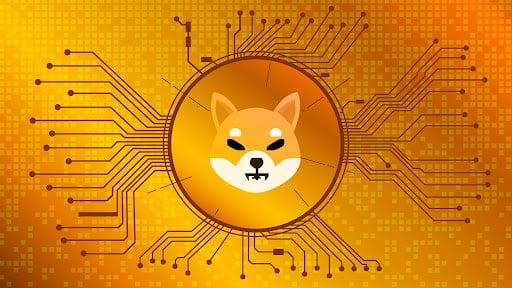- Shibarium lead developer Shytoshi Kusama has hinted what the future of the protocol looks like.
- Focus is on boosting scalability, security and overall functionality.
Shiba Inu’s lead developer Shytoshi Kusama has hinted at some future plans for Shibarium, the Ethereum-based layer-2 scaling solution.
With the recent increase in validator’s rewards on the platform, the L2 protocol is looking to change the method of onboarding these important network participants. According to a chat screenshot shared on the X app by Shibarium’s representative “LucieSHIB,” the project’s marketing strategist, the new strategy is aimed at ensuring the safety of the network.
Markedly, Kusama stated that the plan is to onboard the “right folks to scale” but will “remain quite behind the scenes” as those involved will not want to reveal their complete strategy. Ordinarily, the L2 scaling solution relies on a web of decentralized validators who ensures that no invalid transaction is presented on the Ethereum (ETH) blockchain. In similarity to Ethereum and Polygon, Shibarium leverages the EIP-1559 standard.
The EIP-1559 is a feature which many developers believe will lead to “more predictable gas fees” in an environment where BONE is deflationary. Validators are expected to stake as high as 10,000 BONE tokens to Shibarium’s staking management contracts on Ethereum. Consequently, node operators are rewarded for validating transactions and keeping the network decentralized.
A total of 21 million BONE tokens have been reserved as reward for validators and delegates who contribute to the security of the Shibarium ecosystem. Currently, the Shibarium protocol is said to have about 12 validators including Shibs of the Round Table and Burn Baby Burn, who are said to be some of the top validators.
Enhancing the Functionality and Security of Shibarium
While the Shibarium protocol is already designed as a viable scaling tool, it is striving to boost its block time, and total Transactions Per Second (TPS), two of the core tests of scalability. Shibarium provides Decentralized Applications (DApps) developers with a scalable and secure network through which they can access a vibrant global community that is already incentivized.
These functionalities are some of the few reasons why the protocol has become the first choice amongst investors since its emergence. Lucie SHIB once mentioned that Shibarium was built with both small and large businesses in mind. Businesses that leverage the L2 protocol, enjoy minimal fees which helps them plan budget effectively. Shibarium also saves time and increases overall efficiency through high transaction speed.
In terms of security, Shibarium recently gained support from Revoke.cash, adding a layer of security for users. This became necessary as users’ wallets are constantly under threat when interacting with DApps like OpenSea and Uniswap. With Revoke.cash, access to user tokens can be revoked which theoretically could be indefinite with token approvals.
Besides this, the Shiba Inu team has also unveiled ‘Shiba Hub’ app for Shibarium as an extra security measure.
As a Polygon hard fork, the Shibarium protocol utilizes a sidechain to complete transactions and this makes it the perfect fit for fast and cost-effective settlement powered by the BONE token.




